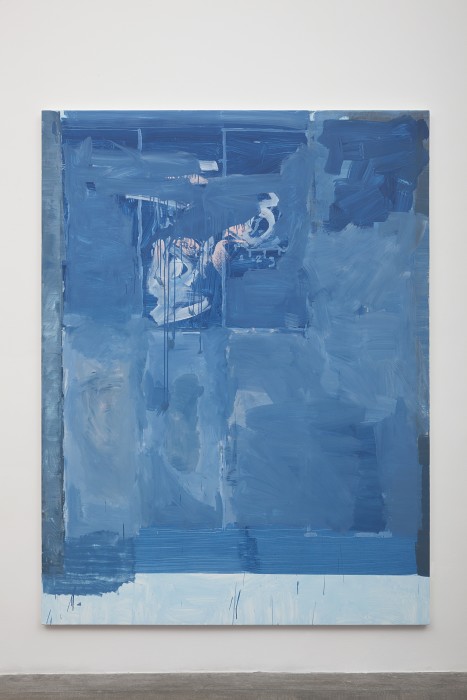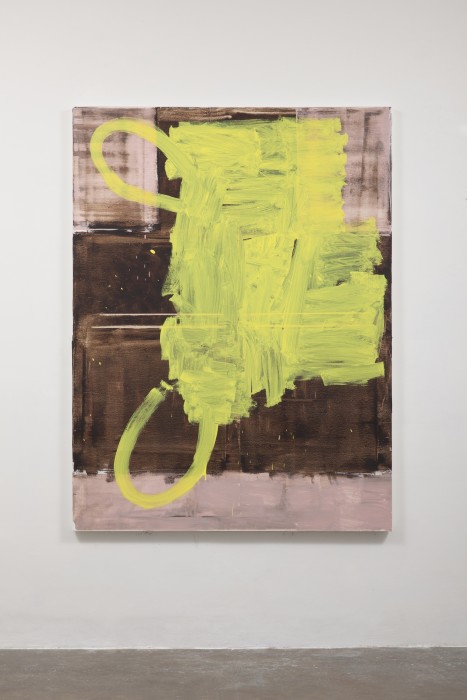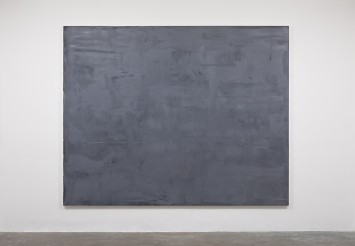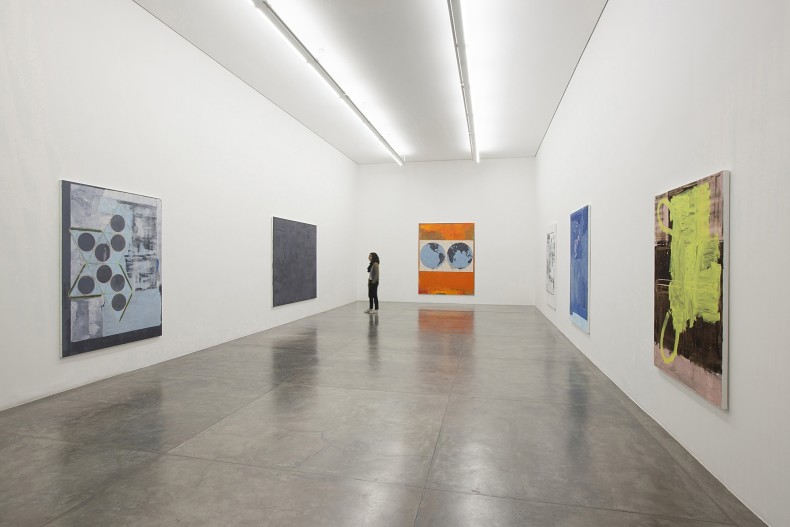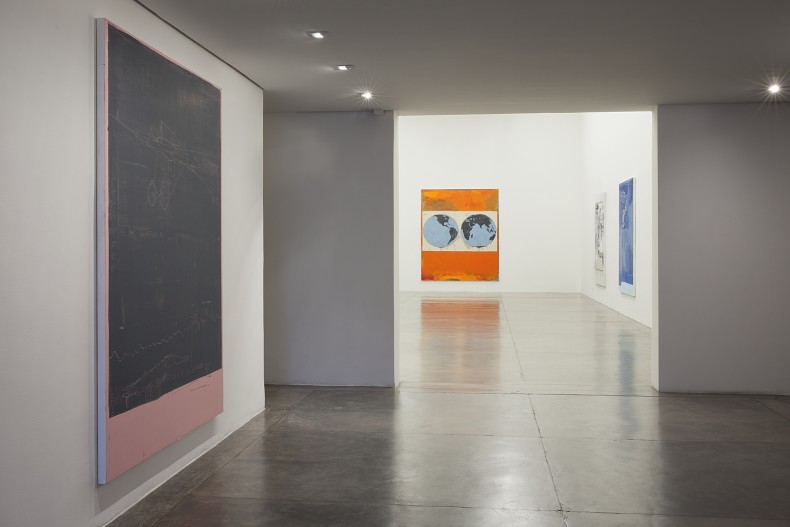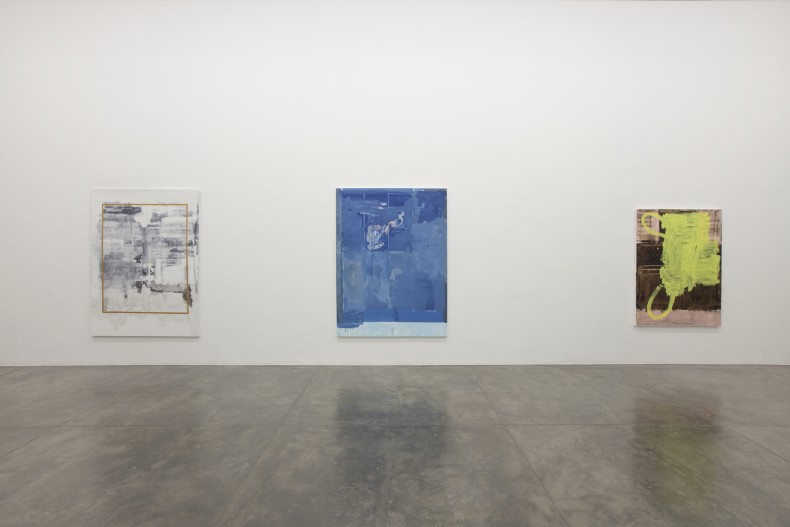The deconstruction of representation in painting gains central stage in No lugar em que já estamos (In the place we already are), Bruno Dunley’s first solo show at Galeria Nara Roesler, which opens May 8. One of the leading names in the collective 2000e8, the 30 year-old artist presents over 20 pieces from his recent output, made between 2013-14. The critic João Bandeira authors the critical essay, which accompanies the show.
In the artist’s own definition, his work is “an analysis of the very nature of painting, its sensitive nature, its language codes such as the gesture, the plane, the surface, the representation... these issues are shared with the realm of pictorial language and understood as alphabet, a surface for common writing.” This premise gives rise to myriad procedures and results that compete to create a particular reading of the current world.
The poetic buoyancy of Dunley’s canvases is underpinned by superimposed, highly developed layers of paint that cause the texture of the medium to disappear. Paradoxically, this complexity of process imparts visual simplicity, resulting in diffuse anti-pictures, diluted into brushstrokes that retouch and melt the outlines. The artist’s “hand,” the gesture that marks the subject’s presence, his questioning in the artwork, and his denial, are not lost or attenuated; they are fundamental elements in a painting that asserts itself as a statement about the time out of which it arises.
The fleeting figuration set forth under these circumstances is, first and foremost, a misgiving about the surrounding reality, about the objectivity of one’s perception of the world, rather than a positivistic affirmation of the definition of events. Hence the evidence of retouches, corrections in lines, and errors that leave their marks like scars and traces.
Not by chance, Dunley’s recent production highlights the issue of color, which endows his recent work with power, as opposed to the black, white and gray that characterized his works in the past three years.
In the variety of themes depicted and the pictorial procedures employed, Bruno Dunley’s painting seeks to “evidence a living relationship through differences; to draw strength from imperfection, difference, ‘wrongness,’ opposites, and thus create a possible, common path.” “The pieces in the show possess varying visualities. There is a shift in the function of image, a disbelief in one single path to representation, a disbelief in the affirmation of a unifying thread and of the artwork’s identity through a style – a strongly demarcated visual repetition. The work builds and affirms itself upon the articulation of different ways of doing things, different forms of visibility, and a reflection on their relationship.”

